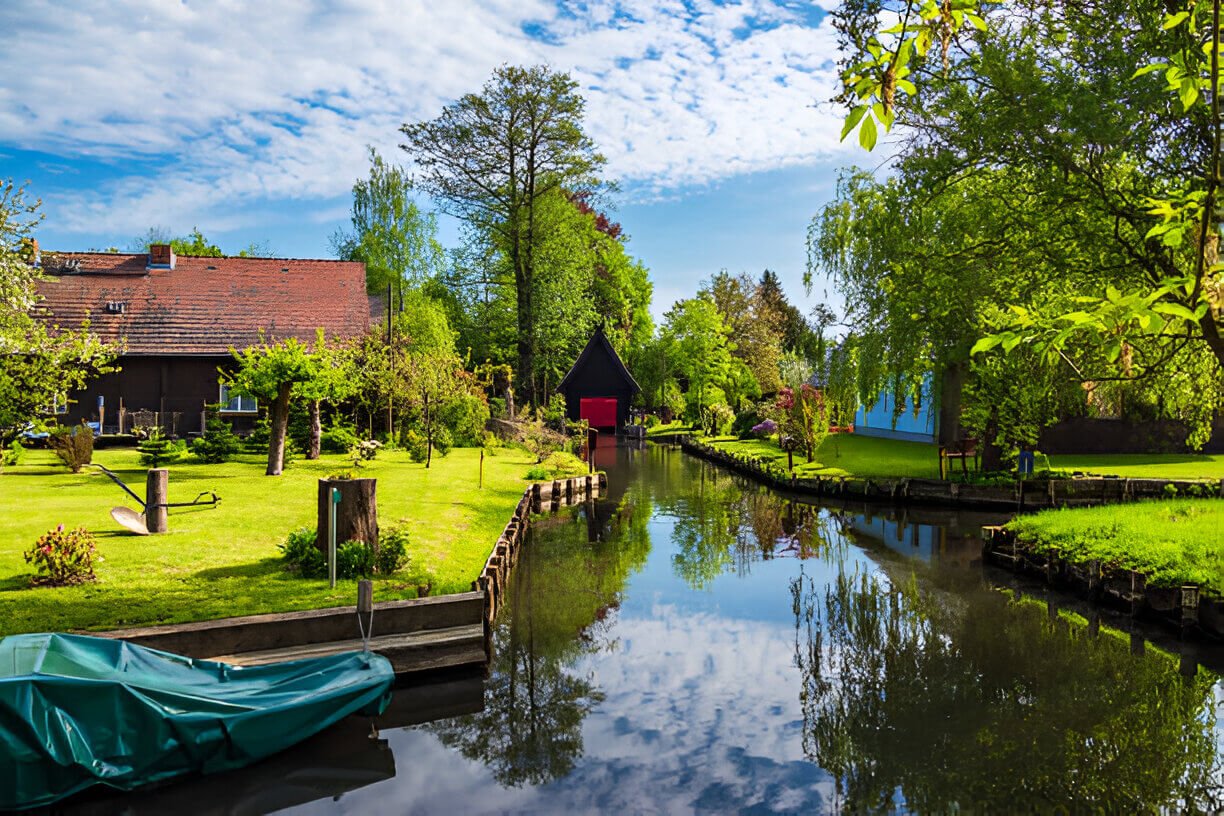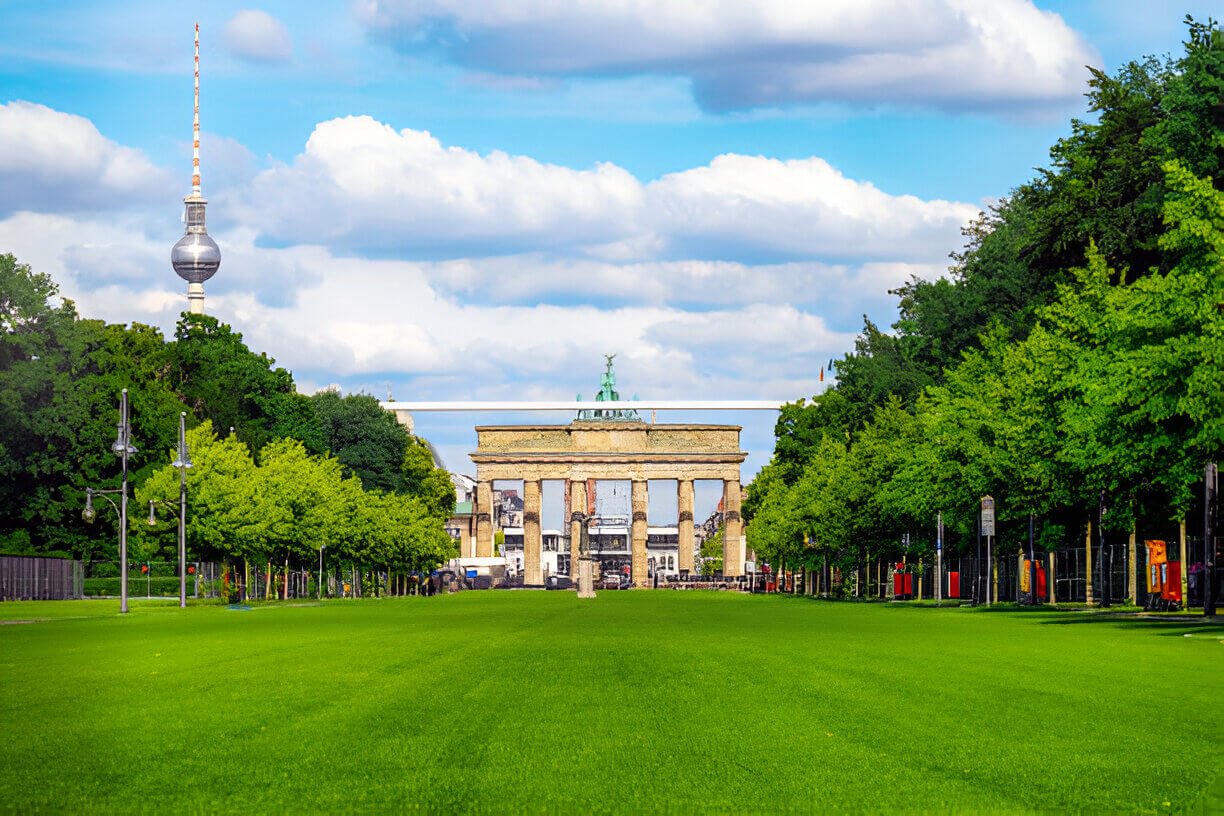Visit Berlin for a variety of reasons. The gothic architecture, several significant WWII sites, and the notorious wall are major attractions for history aficionados. Opera, cathedrals, and museums are all excellent options for art enthusiasts. There are many fantastic options for individuals who want to venture out on day trips. Here are a few of the top day excursions from Berlin that are both convenient and well worth the time:
1. Leipzig

Visitors may reach the center of vibrant Leipzig by rail in an hour and a half from Berlin. Since the Middle Ages, this million-person metropolis has played a significant role in commerce and served as a vital center for the Holy Roman Empire.
Home to Mendelsson, Johann Sebastian Bach, and Goethe, it has remained a significant hub of global culture. The renowned Battle of the Nations Memorial, the zoological and botanical gardens, the stunning St. Nicholas Church, and St. Thomas’ Cathedral, where Bach once worked, are some of the main attractions.
2. Tropical Islands Resort

An abandoned aviation hangar’s dome was converted into Europa’s largest indoor pool. The building, known as Aerium, was initially constructed as a zeppelin hangar, but the airship it was meant to house was never constructed. It was purchased by a Malaysian company in 2003, and they repurposed the sizable building to build a tropical rainforest with a hamlet, lagoon, rainforest, and tropical pool underneath.
With displays on the natural rainforest life, children’s games, and an adult sauna and spa, the resort is designed to appeal to both adults and children. A shuttle bus departs from the station, and it’s conveniently reachable by rail from Alexanderplatz.
3. Spreewald

Since the 1990s, this area has been a protected biosphere, much like a national park in the United States. A vast patchwork of irrigation channels that have developed into a network of canals is one of the area’s distinguishing characteristics. Similar to Venice, a lot of travel in this area is done by boat. Nonetheless, a sizable section of this region is unoccupied and provides a safe haven for several plant and animal species.
About an hour south of Berlin, it offers a stunning, distinctive scenery that is well worth a day trip or weekend getaway to escape the bustling metropolis. The Spreewald is home to the Sorbs, a Slavic tribe that settled there centuries ago, in addition to its stunning natural surroundings. Beautiful views may be seen from the several historic, traditional farmhouses along the canals.
4. Wittenberg (Lutherstadt Wittenberg)

The German town of Wittenberg is located in Saxony-Anhalt. Because of its strong ties to Martin Luther’s Protestant Reformation, the town is officially known as Lutherstadt Wittenberg. According to tradition, Martin Luther nailed his well-known 95 Theses to the Schlosskirche’s entryway here in 1517. It is undeniable that Luther spread his Theses from Wittenberg, even though historians question this specific aspect of the story.
The town commemorated the event’s 500th anniversary in 2017. Wittenberg’s Luther Memorials are a UNESCO World Heritage site. Wittenberg was also closely associated with the painter Lucas Cranach der Ältere and Luther’s fellow reformer Philipp Melanchthon.
5. Potsdam

Potsdam, which just outside the capital’s borders and less than an hour’s train ride away, is arguably the most well-liked day excursion from Berlin. Potsdam served as the Kaiser and Prussian rulers’ official palace until 1918. This city’s principal draw is its extensive network of interconnecting lakes, attractions, and palaces.
Sanssouci Palace, which translates to “without a care” or “no worries” in French, is the most notable. Frederick the Great, the King of Prussia, used to spend the summers in this mansion. To symbolize man’s harmony with nature, the original section is a one-story, ten-room rococo-style castle situated directly above a vineyard. It was brought to its current degree of grandeur in the 19th century with the addition of the bigger “New Palace,” formal gardens, adjacent park, and expanding improvements. You may take a tour of all the buildings and gardens.
6. Görlitz

The ancient Lower Silesia and Upper Lusatia are where Görlitz is situated. From Dresden to Wrocław, Poland, it is accessible via train and autobahn. The town has frequently served as the backdrop for motion pictures, particularly those that take place during and during World War II. Among the more famous examples are The Grand Budapest Hotel and Valkyrie. With just a short walk over the Neisse River, the city may easily reach its twin city in Zgorzelec, Poland.
Zgorzelec was a part of Germany before World War II, but Poland moved the boundary westward. Much of Europe might be said to be on “Görlitz time” because Görlitz is located on the 15th meridian east, which defines Central European standard time.
7. Wannsee

The lakeshores of Wannsee in the westernmost section of Berlin are a popular spot for hot summer weekend getaways. Many rich Berlin residents own a vacation cottage or sailing yacht in this seashore area. Among the attractions are sailing clubs, the museum of the Leibermann Villa, the seaside promenade, the location of several royal trysts, Peacock Island, and the controversial Villa Marlier, which is now a museum and was the scene of numerous high-profile decisions made by the Third Reich.
Naturally, the primary reason most visitors come here is to unwind and sunbathe on the stunning white sand beaches that line the glistening Lake Wannsee. Not much more is required on a nice, bright day.
8. Dresden

Dresden was referred to be the “Florence on the Elbe” due to its opulent collection of breathtaking art and architecture until it was badly destroyed by World War II bombardment. The city has regained much of its previous splendor after many years.
A trip to Dresden provides a number of fascinating sites, including the stunning Bruehl Terrace square and the spectacular Zwinger castle complex. Numerous ancient structures, including the magnificent Frauenkirche Church, can be found in the Old Town. Berlin is around two hours’ drive from the city.
9. Sachsenhausen Concentration Camp

During the Third Reich, the “Saxon House” was one of the main concentration camps. Officers would get training there before being dispatched farther afield because to its close proximity to Berlin. In addition to housing Jewish and other prisoners, it served as the site of resistance fighter executions.
Many of the camp’s amenities have been restored, and a visit here gives visitors a realistic sense of the living circumstances that the inmates faced while they were confined. The camp was remodeled, including the guard tower, to provide a more accurate depiction of camp circumstances, and it was opened as a museum and memorial in 2012 with visits.






